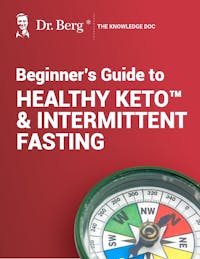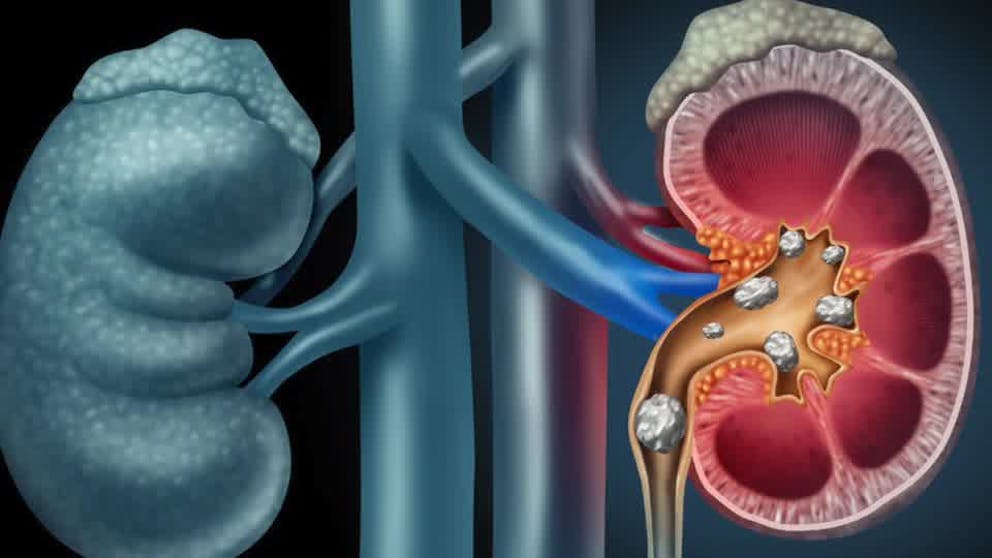Preventing High Oxalate Kidney Stones

Complete Oxalate Foods List
Discover the potential health risks of high oxalate intake
Find out if you benefit from avoiding oxalate-rich foods
Learn practical strategies for adopting and maintaining a low-oxalate diet
Get a comprehensive list of foods categorized by their oxalate content
Receive practical tips for reducing oxalate levels in your diet

Complete Oxalate Foods List
Discover the potential health risks of high oxalate intake
Find out if you benefit from avoiding oxalate-rich foods
Learn practical strategies for adopting and maintaining a low-oxalate diet
Get a comprehensive list of foods categorized by their oxalate content
Receive practical tips for reducing oxalate levels in your diet

Complete Oxalate Foods List
Discover the potential health risks of high oxalate intake
Find out if you benefit from avoiding oxalate-rich foods
Learn practical strategies for adopting and maintaining a low-oxalate diet
Get a comprehensive list of foods categorized by their oxalate content
Receive practical tips for reducing oxalate levels in your diet

Complete Oxalate Foods List
Discover the potential health risks of high oxalate intake
Find out if you benefit from avoiding oxalate-rich foods
Learn practical strategies for adopting and maintaining a low-oxalate diet
Get a comprehensive list of foods categorized by their oxalate content
Receive practical tips for reducing oxalate levels in your diet

Beginner’s Guide to Healthy Keto & Intermittent Fasting
Receive a step-by-step guide to starting Healthy Keto® and intermittent fasting
Learn about foundational principles and best practices for beginners
Get detailed visual guidance on portion sizes and meal composition
Discover how to set achievable goals and monitor your progress
Find practical tips for overcoming common challenges and staying motivated

Beginner’s Guide to Healthy Keto & Intermittent Fasting
Receive a step-by-step guide to starting Healthy Keto® and intermittent fasting
Learn about foundational principles and best practices for beginners
Get detailed visual guidance on portion sizes and meal composition
Discover how to set achievable goals and monitor your progress
Find practical tips for overcoming common challenges and staying motivated

Beginner’s Guide to Healthy Keto & Intermittent Fasting
Receive a step-by-step guide to starting Healthy Keto® and intermittent fasting
Learn about foundational principles and best practices for beginners
Get detailed visual guidance on portion sizes and meal composition
Discover how to set achievable goals and monitor your progress
Find practical tips for overcoming common challenges and staying motivated

Beginner’s Guide to Healthy Keto & Intermittent Fasting
Receive a step-by-step guide to starting Healthy Keto® and intermittent fasting
Learn about foundational principles and best practices for beginners
Get detailed visual guidance on portion sizes and meal composition
Discover how to set achievable goals and monitor your progress
Find practical tips for overcoming common challenges and staying motivated
Preventing kidney stones is vital for maintaining optimal health, particularly for those following specific dietary regimens like the ketogenic diet or intermittent fasting.
Kidney stones can cause significant discomfort and pose potential risks to your renal health. Discover the characteristics of oxalate kidney stones and learn about effective measures to prevent high-oxalic acid stone formation.
Understanding Oxalate Kidney Stones
Oxalates are natural substances found in many plants that help regulate calcium levels. But in humans, too much oxalate can lead to complications like kidney stones.
Kidney stones can cause low back pain, blood in urine, frequent urination, and painful urination, and left untreated, can lead to long-term kidney damage.
The Role of Oxalates in Plants and Humans
Oxalates bind with calcium ions in plants to prevent toxicity issues. In humans, excessive intake or production can cause calcium oxalate kidney stones.
These tiny crystals can obstruct urinary tract passages, causing immense discomfort during their passage out of the body via the urine stream.
It's essential to be mindful of how dietary and lifestyle choices can impact one's well-being, particularly if you are predisposed to this condition due to genetic or other underlying causes.

Causes of High Oxalates
High levels of oxalates in your body can have various causes. Genetics, kidney weaknesses, intestinal problems, and lifestyle choices can all contribute to this condition.
Genetics
Some individuals appear genetically inclined to have more oxalates in their system. Particular genetic conditions, such as primary hyperoxaluria, can cause excessive levels of oxalic acid in the body.
Kidney Weaknesses
When kidneys aren't functioning optimally due to disease or damage, they may not effectively remove excess oxalic acid from your system - significantly increasing the risk of kidney stones.
Intestinal Issues
Gastrointestinal conditions like inflammatory bowel diseases or surgeries affecting digestion can impact how well your intestines absorb calcium, which binds with dietary oxalic acid, preventing its absorption into the bloodstream and reducing the risk of stone formation.
Lifestyle Choices
Certain lifestyle choices can lead to a higher risk of oxalate kidney stones. By avoiding such choices, you can help lower your risk.
Eating Foods Rich In Oxalate: Consuming large quantities of foods known for being high in this substance increases the chances of high oxalate levels, especially if you're genetically predisposed towards developing stones.
Lack Of Hydration: Not drinking enough water allows minerals, including calcium and phosphate present inside the urine, to get concentrated, forming crystals that eventually turn into stones.
Inadequate Calcium Intake: A low-calcium diet boosts the risk since more calcium gets absorbed from food sources instead of binding with oxalates inside the digestive tract and excreted harmlessly through feces.
Vitamin C Overdose: Large doses of vitamin C can transform into a surplus upon metabolism, potentially increasing the likelihood of high oxalate levels.
Gallstones vs. Kidney Stones
Understanding the differences between gallstones and kidney stones is essential for making the proper dietary and lifestyle choices. While both involve stone formation in the body, these conditions affect different organs and have distinct causes.
Kidney Stones: The Role of Oxalates
Kidney stones are hard deposits of minerals and salts inside your kidneys. High levels of certain substances, such as calcium oxalate or uric acid, can make it difficult for urine to dilute them, leading to crystallization and eventual stone formation.
A diet high in oxalates — found abundantly in foods like spinach, rhubarb, and nuts — can contribute significantly towards this condition by increasing the amount of calcium oxalate in your urine.

Preventing High-Oxalic Acid Kidney Stones
Here are some practical ways to reduce the risk of high-oxalate kidney stones:
Stay Hydrated
Drink plenty of fluids to dilute the concentration of substances that form crystals in urine. If you live in a hot climate or exercise frequently, drink even more.
Limit Oxalic-Rich Foods
Limit intake from oxalate-rich sources known for their richness in oxalic acid, such as spinach, black tea, almonds, and rhubarb. The National Kidney Foundation has more info on oxalate content in foods.
Nuts and nut butter: Almonds have exceptionally high levels; consider switching to low-oxalate nuts like macadamia nuts instead.
Soy products: Tofu and soy milk contain significant amounts of oxalic acid.
Incorporate Calcium-Rich Foods
Consuming adequate amounts of dietary calcium binds with available oxalate within our digestive tract, reducing chances for stone formation. However, excess supplementation may not provide the same benefit.
Moderate Vitamin C Supplementation And Salt Intake
Vitamin C, when metabolized, turns into oxalic acid; hence, large doses could potentially lead towards higher risks, while sodium increases urinary excretion, leading towards more concentrated mixtures susceptible to crystallization.
Conclusion
To reduce the risk of developing kidney stones, it's essential to make dietary changes by avoiding foods high in oxalic acid, like spinach and rhubarb, and staying hydrated to keep your kidneys functioning properly.
And if you do experience symptoms like severe pain in the side or back, nausea, or blood in urine, don't hesitate to seek medical attention - catching kidney stones early can prevent them from getting worse.
Previous blog
Top Remedies for an Inflamed LiverNext blog
Can You Have Dextrose on Keto?Tags

Popular
08/21/2024
55K views
02/23/2025
46.3K views
11/18/2024
277.5K views
03/18/2024
11/21/2022




